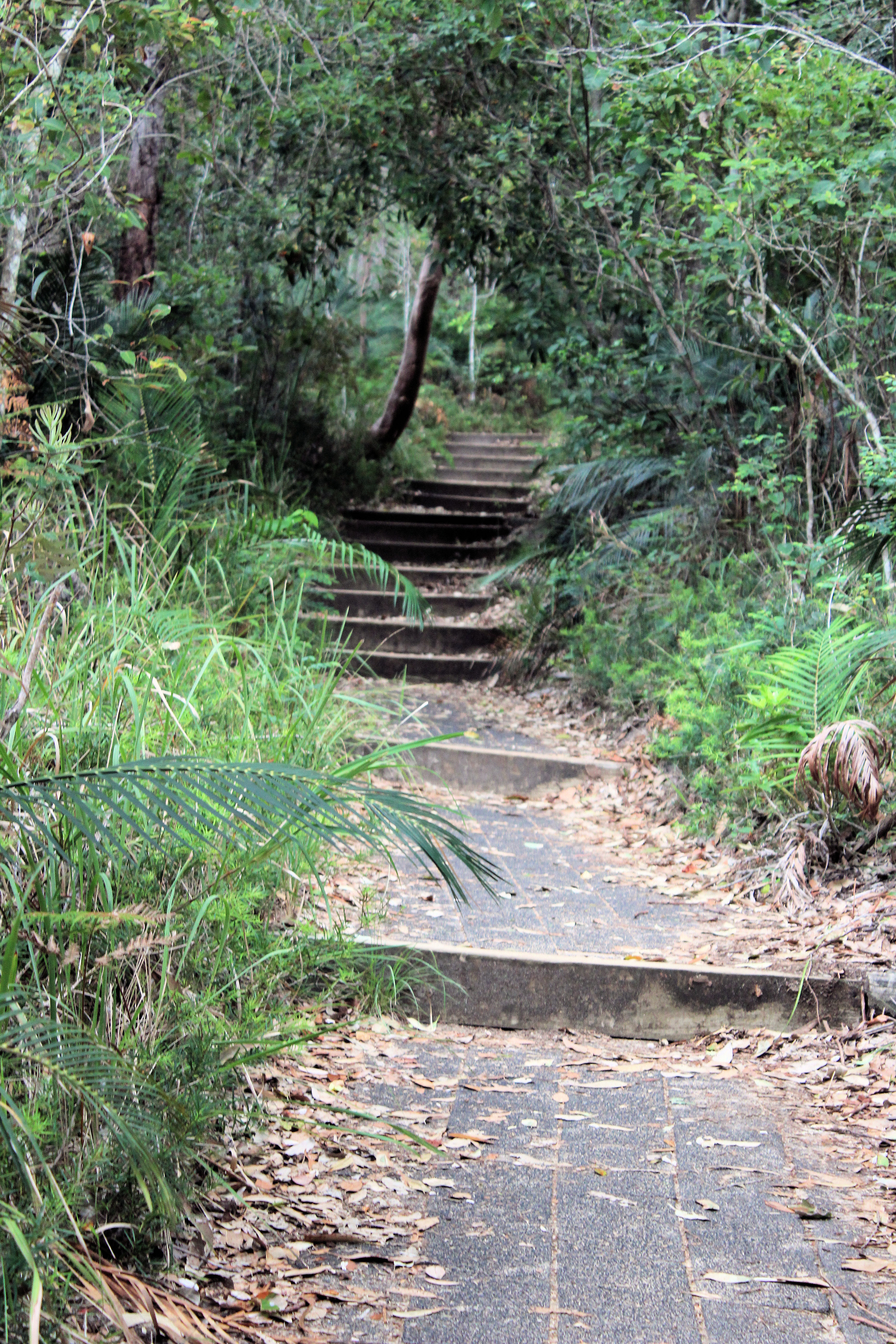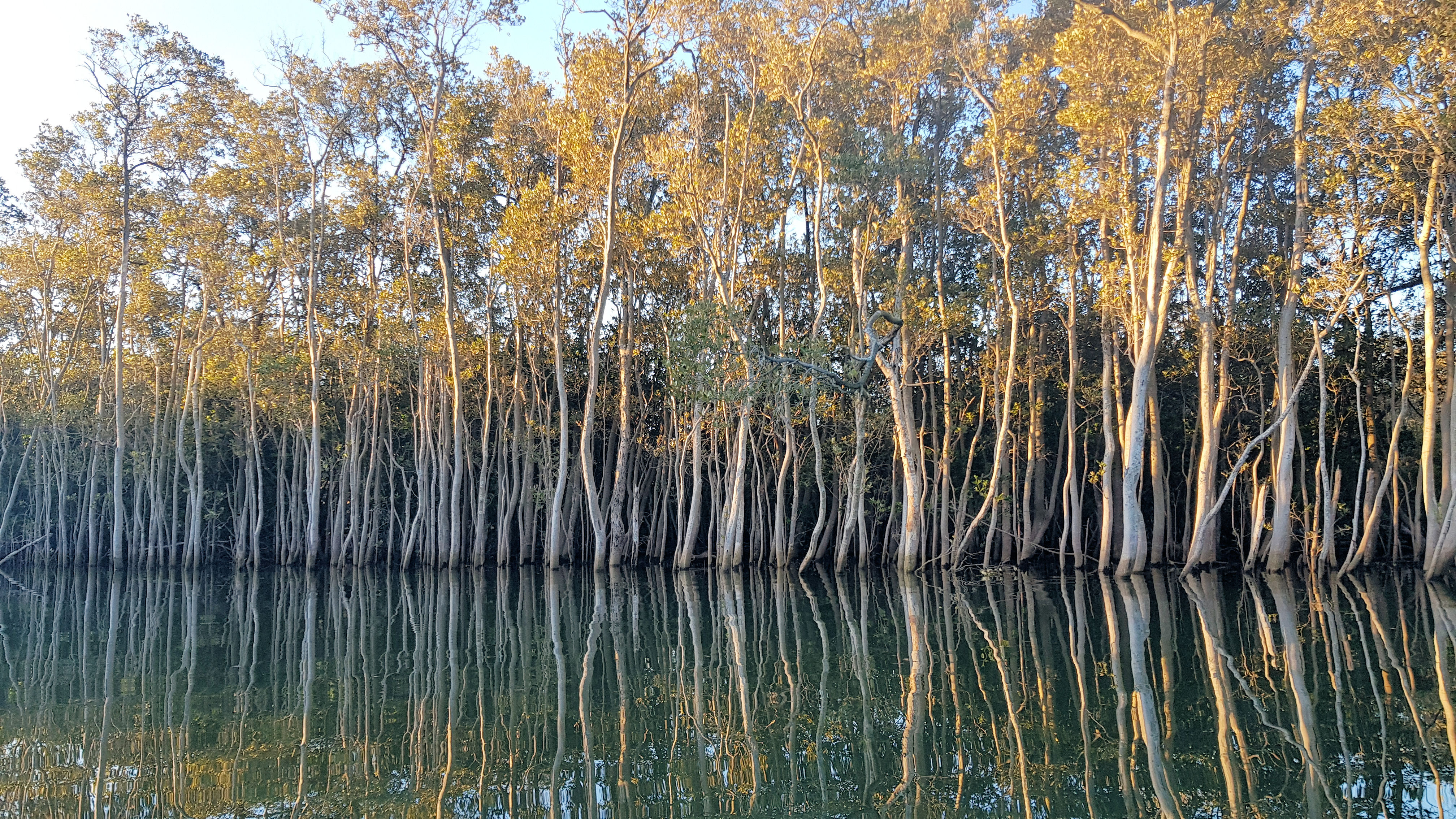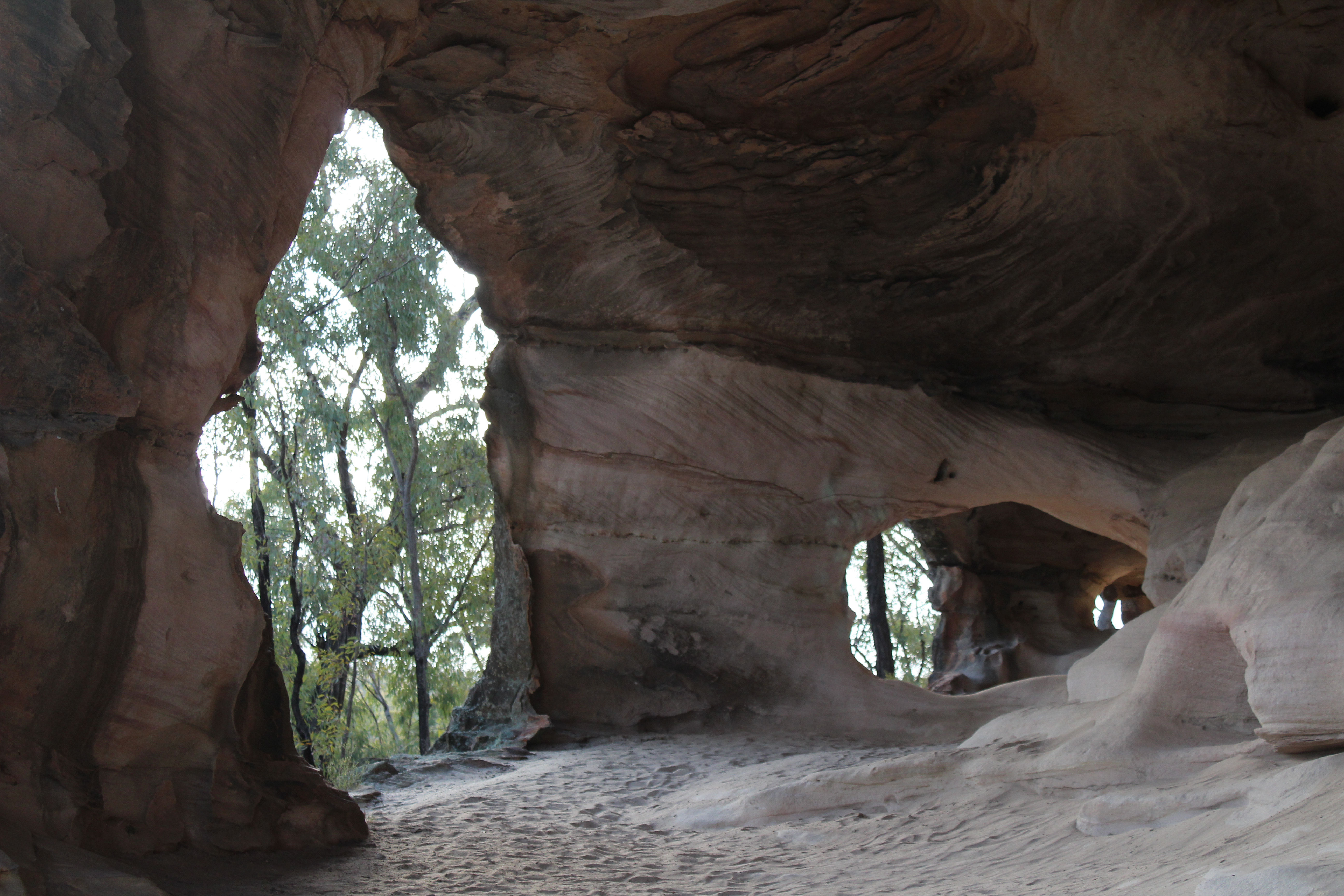Tag: Australia
-
Maitland Bay Track Bushwalking and a Shipwreck

The Maitland Bay Track is in the Bouddi National Park near Gosford on the New South Wales Central Coast. This is one of many walks available locally. We chose this one because it goes down to a beautiful beach with some amazing rock formations. Maitland Bay Track Information Centre The car park is large but… Read more
-
Hunter Wetlands National Park Kayaking With School of Yak

Hunter Wetlands National Park Kayaking We decided to go on a Kayaking Tour of the Hunter Wetlands National Park with the School of Yak and had an amazing time. This is a small local tour company specializing in kayaking which gives you a great personalized experience of the wetlands. Glenn the owner grew up in the… Read more
